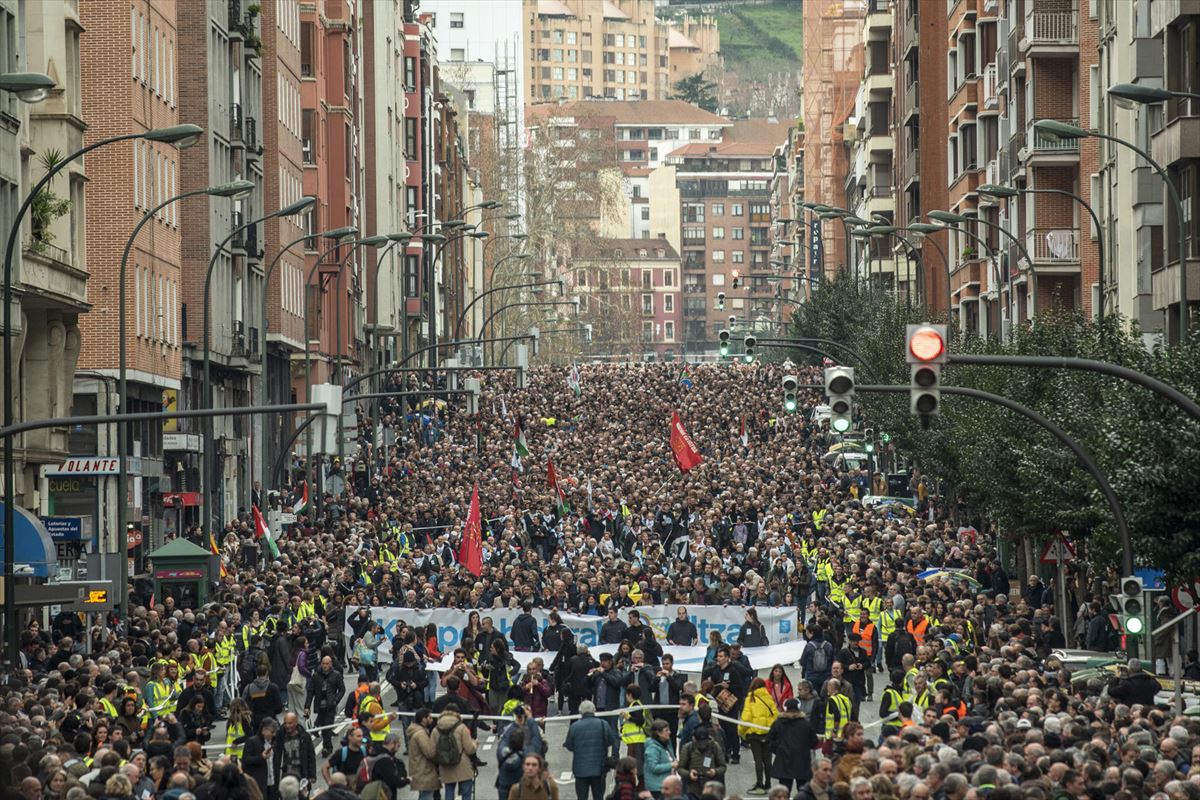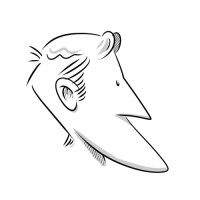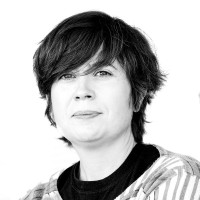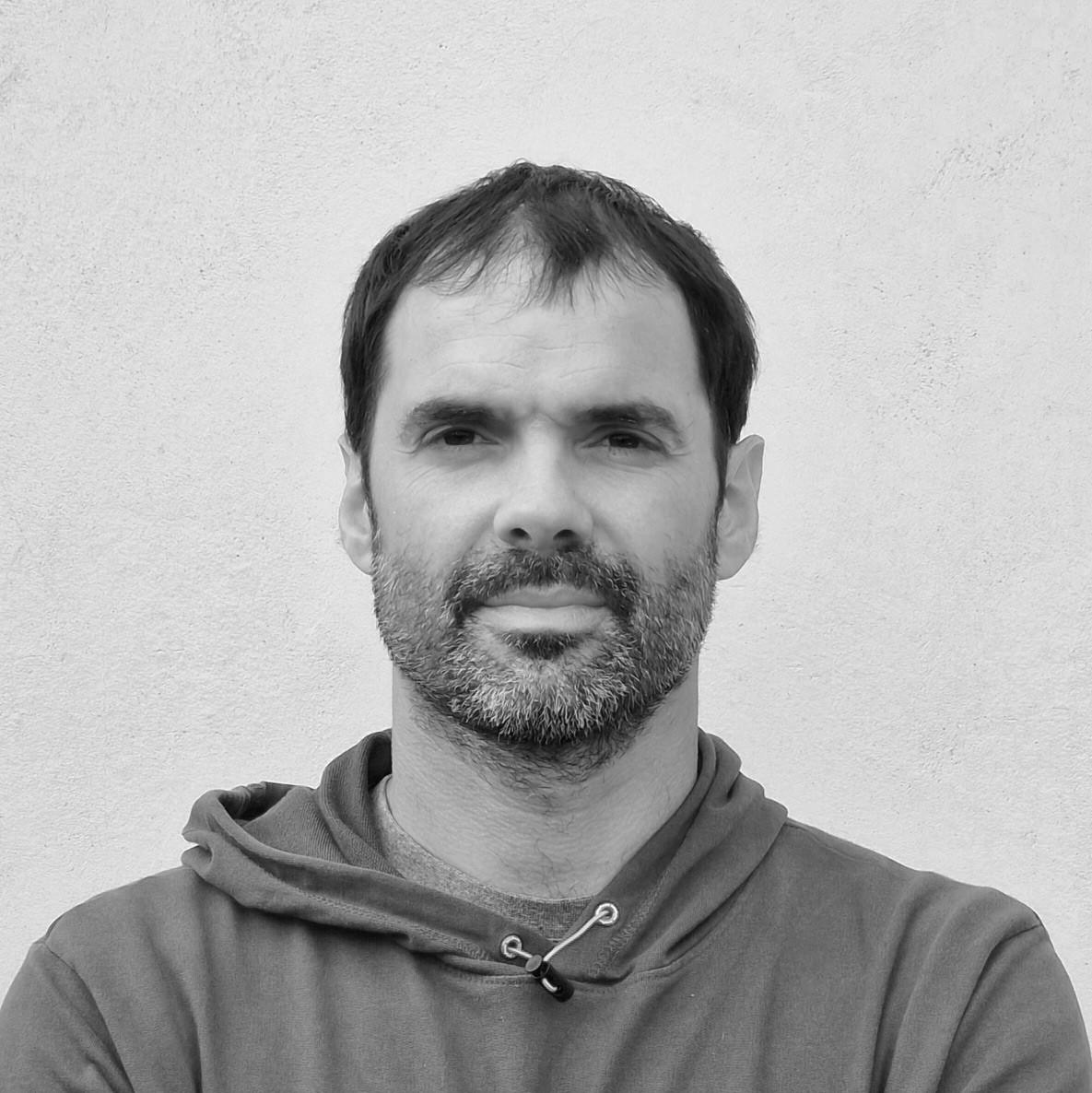Our revolutionary “Mona Lisa”
An indifferent people! How different your destiny would be if you knew the price of freedom! But it's not too late. Although I am a woman and young, I now have the courage to face death and I would have it a thousand times more, do not forget! ".
With these words, Policarpa Salavarrieta was shot dead on November 14, 1817, in the plaza that today is called Bolivar, in the middle of Bogotá. Known as La Pola, it is an important icon of Colombian independence.
Policarpa Salavarrieta and I were born in the same province, in Cundinamarca. He was born in Guaduas, it is not clear what year, although officially established in 1795. He was a modisto and a professor. Its historical importance lies in the determination, humanity and courage it demonstrated in life. The Polo played a decisive role in the liberation process against Spain. He gave us the path of independence, but unfortunately the dominant political class did not understand anything at that time, and still does not understand anything.
'La Pola' gave us the path of independence, but unfortunately the dominant political class did not understand anything at that time, and still does not understand it.
How much he wanted humanity, what faith he had in the people and how crazy La Pola had. He worked as an intelligence, and he was a spy. I passed the information I got to the independence movement. It was a terrible time for imposing the Spanish crown. So he was shot in a public square to be intervened by the people of the town.
Their image has appeared frequently in banknotes and coins, a neighborhood in Bogotá has its name, in Colombia there are no schools on its walls that do not praise Policarpa's courage. The textbooks also highlight their biography, a reference among the women of the plain people. Theater plays are written about his life. The first premiered on the table in 1820 and, according to sources of the time, viewers prevented shooting. Many times the series tell the heroin feats. In Argentina, a street has its name. In 1911 the company Bavaria named La Pola a beer. That's why Colombians call Pola beer.
Many of the great South American painters have made their own portrait, and I would like to make special mention of one of them, by José María Espinosa. This portrait, currently visible in the National Museum of Bogotá, has its own and outstanding space. Espinosa also participated in the liberation struggle and met Policarpa personally. This beautiful portrait always reminds me of Leonardo’s Gioconda and the distance I like to think that our revolutionary “Mona Lisa” reflects the beauty of a great woman’s contribution.
Bidali zure iritzi artikuluak iritzia@argia.eus helbide elektronikora
ARGIAk ez du zertan bat etorri artikuluen edukiarekin. Idatzien gehienezko luzera 4.500 karakterekoa da (espazioak barne). Idazkera aldetik gutxieneko zuzentasun bat beharrezkoa da: batetik, ARGIAk ezin du hartu zuzenketa sakona egiteko lanik; bestetik, egitekotan edukia nahi gabe aldatzeko arriskua dago. ARGIAk azaleko zuzenketak edo moldaketak egingo dizkie artikuluei, behar izanez gero.
After so many years of struggle for it, 34 years, precisely, we are very pleased with the decision taken a few days ago, on 28 December, Innocent Day, in Pamplona, at the assembly organized by the International Federation of Basque Ball. Well, from now on we will have the... [+]
Jar gaitezen 2025erako proposamen politiko gisa, Espainiako Auzitegi Kolonialaren (AN) epai guztiak berrikusten hasteko eta makila bakoitzak bere belari eusteko.
Unionismoarekin lerrokatutako alderdi, sindikatu eta gizarte-erakunde gehienek, eta ez bakarrik horrela... [+]
In February 2023, I read the news in the press and I was depressed because it surprised me and gave me what to think. The store of Jostaldi Kirolak Erdikale Street in Azpeitia will be closed to the public after 48 years of running.
That made me travel in time. I'd been there... [+]
Next Saturday, 11 January, the Sare citizens' network called for a new demonstration in Bilbao in defence of the rights of Basque prisoners. This is a unique opportunity to move forward on the path of coexistence in our people, after decades of violent confrontation and, even... [+]
Road 20 January. U.S. President Donald Trump will be investigated on January 20. Democratic economic elites have repeatedly tried to put an end to Trump’s life. Will they achieve the target by 20 January? Furthermore, they intend to bring the war to a new, tougher phase. To do... [+]
When we woke up, culturally and administratively, the landscape showed a three-speed disaster.
As far as culture is concerned, I had the opportunity – once again – to confirm this last November 14 at the Mint library in Ortzaize. There we met because Eñaut Etxamendi... [+]
Snow hides the earth and the traces of beings looking for pleasure. Under the beauty of snow there is time, years, generations, ephemerides, quotations; but when time goes by there are words that have not been said before or after. Snow reminds us that we could slip and fall. As... [+]
The world has also done so, because it is a symbol, because in history more genocides have already been done and will be done (bad luck, hear, it has touched you to be born there), but Palestine has special characteristics:
- A long time ago, at the end of the 19th century, it... [+]
They appeared, as usual, through the hut, parked in the center of the passage, in herbs and encharcations so as not to dirty the mills, and went through the road, tracing, to the porch, with a large dish in the hand. As usual, the bûche was ready. In French bûche it can be a... [+]
As the fall ends, the crows appear on Basque Day, in the Basque era or in the Durango Fair. Aware of the results of socio-linguistic surveys on the use of Euskera, the "politically corrective" exercise has no longer drawn anyone's attention. Without Ttattarri, with cool and smiling... [+]
I've done a quick analysis of the technology forecasts for 2025. Like every year, when you talk about what technology is going to bring to the media in 2025, the discourse is very similar. Many of us who write about technology have the anxiety of knowing more than it's going to... [+]
At Christmas they leave a new book on the bedside table. About the philosophy and joy of the house, recently written by Emanuele Coccia. Coccia, an Italian philosopher, has become popular in making known our connections with plants on the road to the construction of a healthy... [+]
There are those who, being a brilliant brain, with definitions of "little detail," are experts in transforming and transforming the same thing, in other words. It was yours and it has been a project in eternum that has been repeated for decades. This was one of the main reasons to... [+]




















